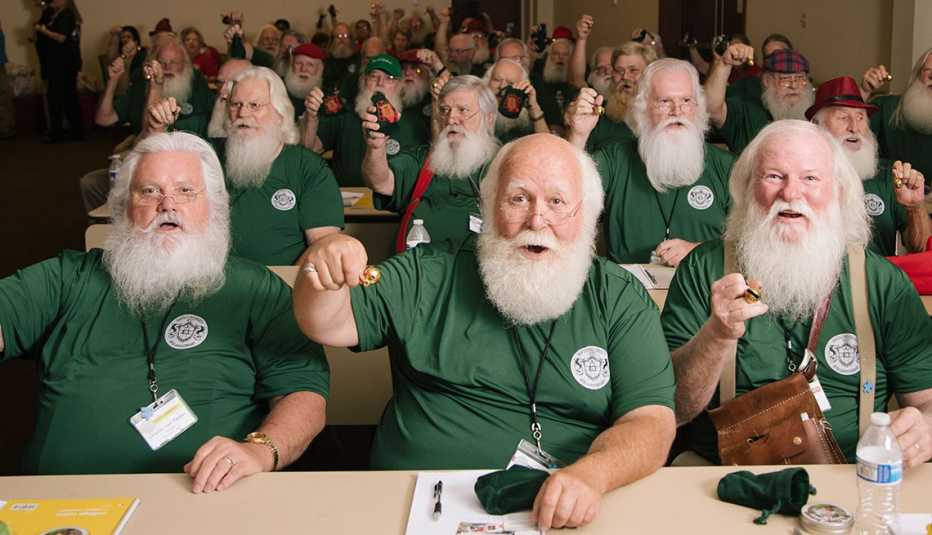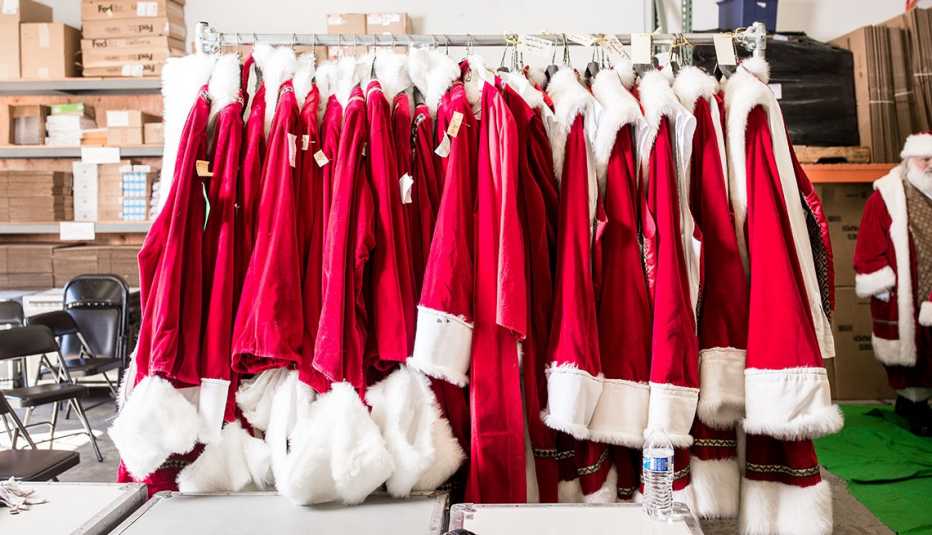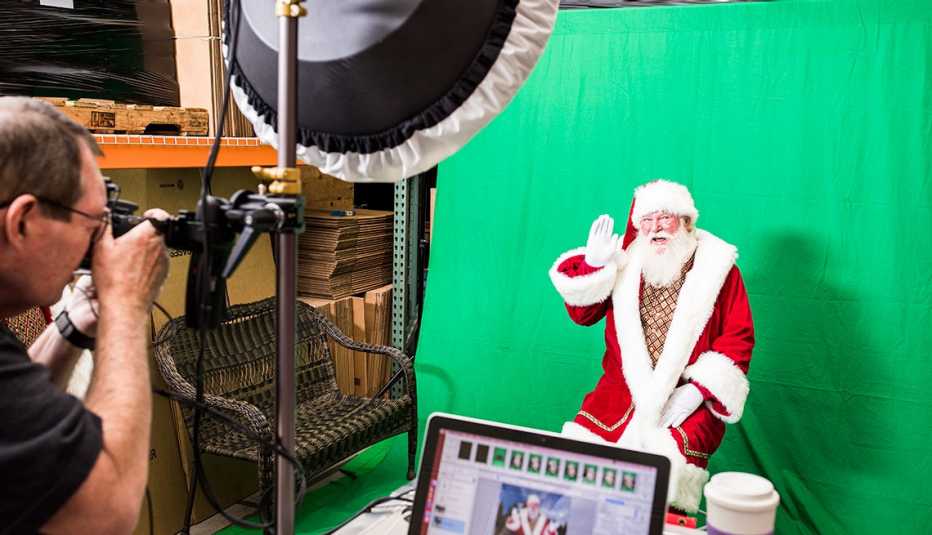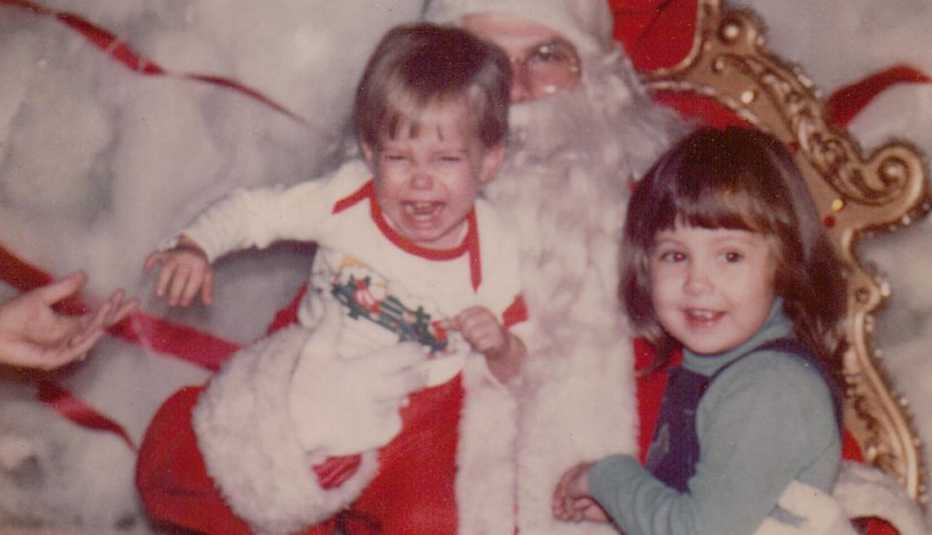Staying Fit
It’s the rare company training session that opens with an enthusiastic rendition of “Jingle Bells” by round-bellied, rosy-cheeked, bushy-bearded men (average age about 65). But that’s what happened in a nondescript conference room of a suburban Denver hotel on an autumn Sunday. Bells appeared, and soon the singing men were on their feet, bouncing up and down and swinging their arms. When they hit that final “ho-ho-ho!,” they brought the house down — which is to say, there was back-slapping, chortling and bellowing of “Merry Christmas!”
Welcome to Santa University, a four-day training program open to the roughly 1,000 naturally bearded Santas who work for Cherry Hill Programs. The company places jolly ol’ elves in 675 retail centers across the country, promising a “turnkey Santa mall experience.” In today’s America, even the kindly Kriss Kringle of 34th Street fame has been corporatized.


AARP Membership— $12 for your first year when you sign up for Automatic Renewal
Get instant access to members-only products and hundreds of discounts, a free second membership, and a subscription to AARP the Magazine.
The training session convenes each year in Westminster, Colo. It’s not required of Cherry Hill’s employees, which means the 73 Santas here paid their own travel and lodging to learn the ins and outs of portraying old St. Nick. For some, this is their first session; others return repeatedly, eager to reconnect with the brotherhood of the bearded. “There’s a lot of mentorship that takes place at Santa University,” says Santa James Smetana, 66, of St. Paul, Minn. “And it gets us so excited for the Christmas season.”


Behold the Beard
They come from a variety of backgrounds: oil field workers, bus drivers, a lawyer, a former salesman at a camera store. While most are retired, others have day jobs and use vacation or unpaid time off to perform their Santa-by-proxy duties. One trainee was a federal ranger in his previous life. Another ran a hardware store (fittingly, it also sold toys) in Spokane, Wash. Some Santas are married with children; others, lifelong bachelors. One Santa tells of recently being tracked down by a 57-year-old daughter he didn’t know he’d fathered. It felt like a Christmas miracle, he says.
Many of these bearded men report being recruited for Cherry Hill Programs. Most had been mistaken for Santa since growing out their long beards anyway (some also carry around natural padding in their midsection). Smetana says the big chair found him. After three people told him on a single summer day that he looked like Santa (while in street clothes — in fact, he was wearing shorts), he joined a Minnesota Santa group and got his big break with Cherry Hill.



































































